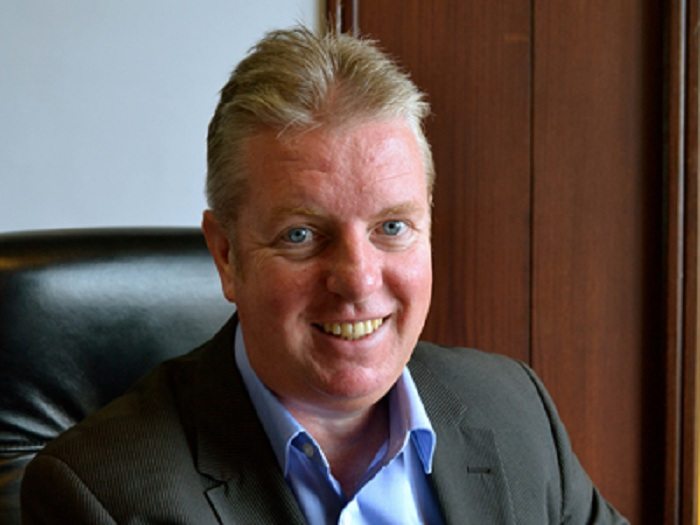The East Africa opportunity for the construction industry is unprecedented, witnessing growth of over 13% between 2009 and 2013. The number of mega construction projects in East Africa (excluding Mozambique) grew by 12% in 2013 alone due to increased investment from international construction firms. The surge in interest reflects the enormous potential East Africa presents for investors, specifically around the construction and development of regional infrastructure systems to consolidate further economic growth.
According to the 2015 African Economic Outlook, East African countries will record the fastest economic growth in the continent in 2015 and 2016. In Kenya alone, increased fiscal spending on infrastructure projects and robust private sector consumption mean that GDP growth is projected at 6% for 2016, according to the International Monetary Fund (IMF). Beyond 2016, East Africa is forecast to become the continent’s fastest growing region economically.
Infrastructure in East Africa has historically been among the worlds least developed. But the region has now caught the eye of international construction firms looking to enter the African market: economic growth and infrastructure development are interdependent and mutually supportive. In our 36 years of operation in the region, Spencon has witnessed first-hand the surge of interest from foreign firms looking to leverage opportunities in the region, and we have partnered with many international companies and development agencies to deliver projects locally.
Booming populations, rapid urbanisation and a growing middle class has spurred many African governments to prioritise national and regional infrastructure. Experts estimate that the region needs around US$100bn investment per year over the next decade to close the infrastructure gap and catch up with the rest of the world on basic requirements. But the funding is there. Since 2007, foreign direct investment projects in East Africa have grown at 19.9% a year, the strongest in Africa. A recent KPMG Global Construction Survey found that over 50% of senior leaders in the construction and engineering industry see the continent as one of the most promising prospects for further corporate expansion.
Foreign investors have been key to some of the larger infrastructure projects, but partnership with local firms with deep regional knowledge and capabilities is essential. The Chinese government, in particular, is playing an important role. A $1bn investment agreement with Tanzania includes the building of a satellite city to reduce overcrowding in Dar es Salaam, and a deal with the Ugandan government will build two hydro power plants in Karuma and Isimba.
While countries within the East African Community (EAC) still differ substantially in their level of infrastructure development, great strides have been made in recent years to improve the services available to the region’s growing consumer base. Kenya, for example, has begun to implement a significant roadworks programme financed by the African Development Bank, China, Brazil and Japan and delivered by international companies supported by local firms. The programme was aimed at critically improving traffic congestion in Nairobi and its suburbs, whilst connecting Kenya with its neighbouring countries.
There are now greater levels of regional integration and financing available for strategic collaboration on complex cross-border infrastructure projects. Led in part by the EAC, this opens up further opportunities for international construction firms with expertise in complex regional infrastructure projects. To date, the transport sector has been a strong focus – four out of every 10 mega construction projects in East Africa are related to transport, according to a 2014 KPMG Construction in Africa report.
With a middle class population poised to overtake that of India, plugging Africa’s power, water, sanitation and infrastructure gaps is becoming ever-more pressing. Finding solutions will be critical, and international firms are well-placed to help in partnership with local operators. Both the public and private sector are committed to infrastructure development to support continued economic development, an enabling business environment and positive social impact within the continent. East Africa has exceptional growth potential and, coupled with the collaborative opportunities within the EAC, the time for international construction firms to get involved is now.
Andrew Ross is CEO of Spencon, an East African civil engineering and construction company that has undertaken more than 200 projects in Kenya, Uganda, Tanzania, Rwanda, Zambia, Malawi, Mozambique, and South Sudan.

